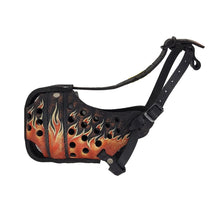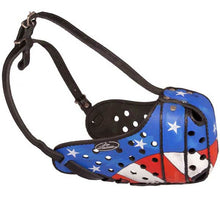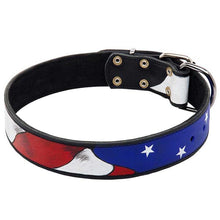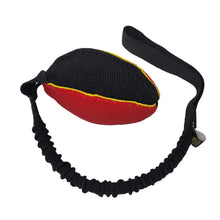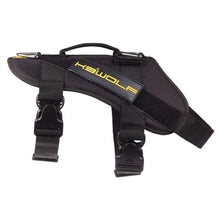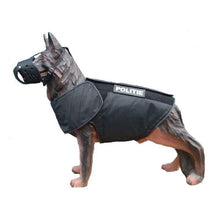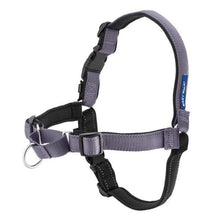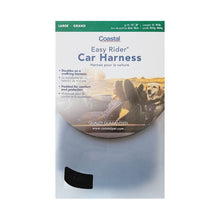10 Items You Need To Train A Dog
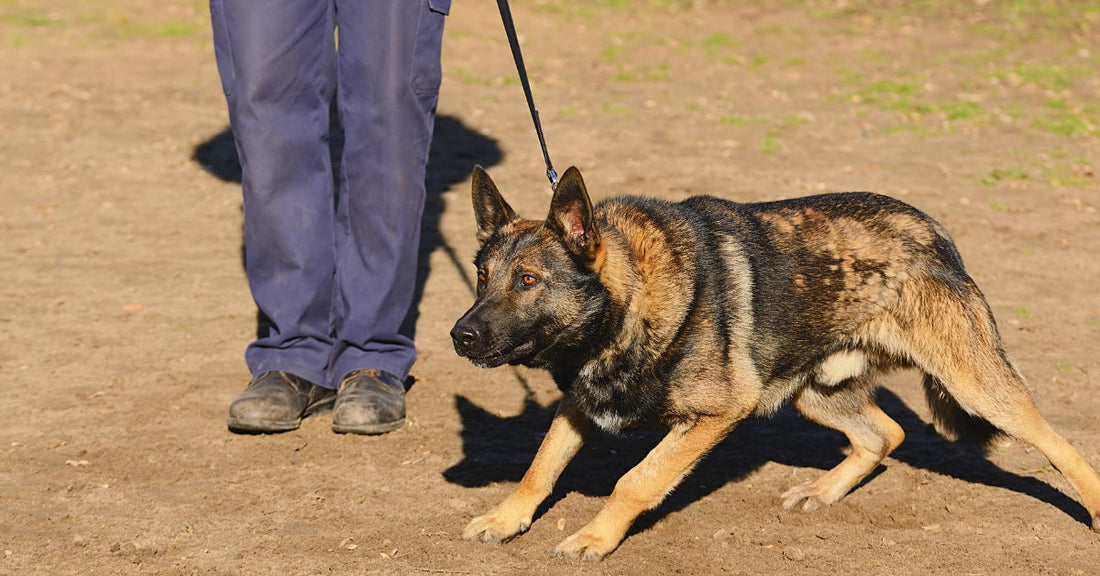
Today we're going to discuss the 10 items you need to train a dog. Some are necessary, and others will make training easier for you and the dog. These are the bare bones, nothing fancy items to take a dog or puppy from 0 to fully obedience trained. How many of these do you already have?
1: Starting with the item nearly everyone already has, but needs before attempting to train a dog, and that's the flat collar. For training purposes, it's best to get leather or high-quality nylon with metal buckles. High quality brass or stainless steel are acceptable.
2: Another common item almost everyone has and that you need to train a dog is a high quality 6ft lead. Again, leather or nylon are the best two materials and high-quality steel, or brass clips are a must. The last thing you need is to have a leash or collar fail you when you're walking down the street with a dog that's still in training.
3: This is another that's a must have for most dogs and most trainers: a high-quality prong collar. If you're noticing a pattern in me putting emphasis on "high quality," it's because it's important. Cheap prong collars are crudely made, rust, and again, the last thing you need is for one to bend or break if you have a dog who pulls. I recommend Herm Sprenger prong collars and that's the only brand I will ever recommend, and for good reason. They make high-quality, tight tolerance metal parts and the collars are just a hobby for them. These collars are head and shoulders above the competition.
4: You will eventually need to train your dog at distance to recall and many other things in obedience. A 6ft lead won't cut it. And that's why they make long lines. The standard length is 33ft, but anything over 20 will do (even still, 33 footers are better). Leather or nylon are a must, and so are high quality steel or brass leash snaps.
5: The last collar on the list is the fur saver. A high-quality fur saver can be used in ways that other collars can't. They're also better suited to sensitive dogs who are handler soft and only require very light corrections. Once again, our friends at Herm Sprenger make the best in the world and I wouldn't recommend any other collar.
6: Treats. Not much detail is necessary, but high quality, nutritious soft treats will need to be stockpiled for sure!
7: In training, you'll be giving a lot of treats. The best treats for training are soft because the less time a dog spends chewing, the less engagement with you he/she loses. Soft treats are often oily and aren't ideal to put in your pocket. But there is a solution: treat pouches. Treat pouches are easy to clean and more importantly, they keep your pockets clean. What makes them a must is that timing is everything in training. Pockets don't open wide and every second you spend digging in your pocket is going to cost you engagement and slow down how quickly a dog learns an exercise. Treat pouches are easier to access when on your belt and are ready to go all the time.
8: Speaking of reward, another necessary item are tugs. Treats are best to use to teach and shape a behavior. Tug toys are best for a reward when the dog understands an exercise. The average German Shepherd would rather play with you than get another treat. A good jute or French linen tug is a must. It's best to pick up 2. One large one with 2 handles for puppies and beginners and one smaller one with 1 handle for more experienced dogs. The large ones are better for teaching the "out" command necessary for tug training because they're easier to immobilize. The short ones are better for dogs who fully understand the "out" command simply because they're less cumbersome to carry. They can even fit in a pocket.
9: Another item you need works similar to a tug but is different enough that it warrants a buy. The classic ball on a rope. This tool isn't so great for young puppies, mainly because they're hard for a young pup to grip and because it's exceedingly difficult to teach a dog or puppy to out with a ball because you can't easily immobilize it. But for adult dogs? For some reason, most dogs prefer a ball to a tug. It is a very high value prey item that's easy to carry with you. You can toss it and play a little tug, but not too much tug because it isn't very comfortable on the fingers when you're playing a rigorous game of tug. Rigorous games are why you need a tug along with a ball on a rope.
10: And finally, a ball pouch. Sure, you can stick it in your pocket, but you run into the same problems as putting treats in your pocket. You will get soaked with dog slobber and it's slower to get to than a pouch. Again, timing is everything. Every split-second counts.
And there you have it, 10 essentials every dog trainer should really have in their toolbox. How many of these do you already have? Let us know in the comments.
If you enjoyed this article, leave a like and share. Thank you.
You might also like: 5 Grooming Tools Every German Shepherd Owner Must Have












